By Jonathan F. Keiler
World War II tanks usually had aggressive- or ferocious-sounding names, such as Hellcat, Panther, or Tiger. Yet the tendency was not universal, as with British Cruisers or the American M-3 Honey. But perhaps there was never a more unfortunately named beast than the German assault gun Sd Kfz 184, first known as the Ferdinand, after its creator, Ferdinand Porsche. Later, this name was modified, as if it was an improvement, to the ‘Elefant’ tank destroyer.
The weird and less than martial names assigned this 68-ton fighting vehicle were oddly fitting. Technically a member of the formidable Tiger family, the Ferdinand’s history is rather strange. To know the Ferdinand, one has to begin with the history of its better-known cousin, the Tiger, Germany’s first successful World War II heavy tank.
Germany entered World War II without a true heavy tank, relying on a mixture of light and medium vehicles and the superb and revolutionary military doctrine of the blitzkrieg. Nonetheless, German interest in a heavy “breakthrough tank” predated the invasion of Poland, and as early as 1937 the Reich authorized the Henschel Company to begin work on a prototype. This project does not seem to have been a high priority; the success of the panzer divisions obviated the need to do more than buy additional Mark III and Mark IV medium tanks. By May 1941, however, a design order had been issued to Henschel for the heavy tank designated VK4501 (H) and another to Porsche, VK4501 (P). Any German complacency was banished dramatically when, during Operation Barbarrosa, the invasion of Russia in June 1941, Hitler’s elite panzer units confronted superior Soviet T-34 medium tanks and KV-1 heavy tanks.
Tigers, Hellcats… and Elefants
By April 1942, both the Henschel and Porsche heavy tank prototypes were ready for trials, with initial production planned for July. Evidently the Henschel design proved superior to Porsche’s and was selected for production. This tank became the excellent Tiger I, 1,354 of which were built by the end of the war. But Dr. Porsche did not wait for the completion of the trials before beginning production of his own heavy tank, with the result that 91 Porsche hulls had been completed by the time Henschel was awarded the contract.
In Nazi Germany, private defense contractors flourished, provided they produced a decent product and had the right political connections. This was true in the democracies as well, but under the Nazis a convoluted web of ideological intrigue and corruption further muddled the process. Ultimately, gaining favor with the top contracting official, Hitler, trumped all else. Hitler took a personal interest in the development and trials of the Tiger, as well as many other weapons. Did Dr. Porsche think the heavy tank contract was his, based on his favored relationship with Hitler? Or was Porsche instructed to start production of the Tiger as a hedge against an unsuccessful debut by the Henschel model?
Some sources presume the latter, despite the wasteful logic of producing a castoff design, both from the manufacturer’s and the regime’s standpoint. Porsche’s turning out Tiger hulls well after Henschel won the contract and had entered full production seems unlikely. Rather, Porsche plausibly gambled that his complex but innovative design, coupled with good connections, would secure the contract. When the gamble failed, Porsche and the Reich were left with 91 heavy-tank hulls and no contract to fill. Hitler decided to make use of the rejected tank hulls by converting them into assault guns. But this was not the simple solution it appeared to be. Nazi assault guns had their own peculiar politics.
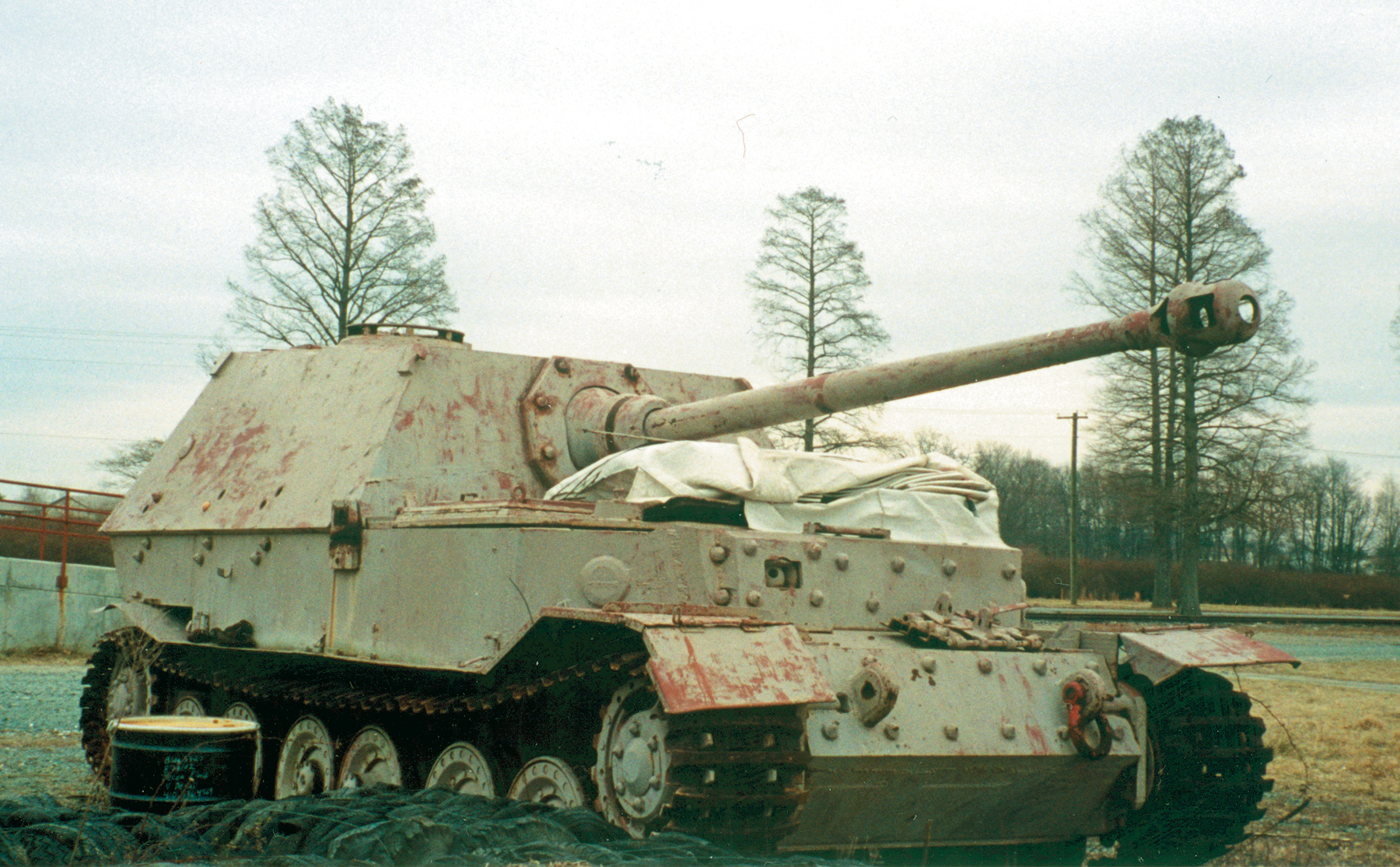
Germany pioneered the assault gun as a weapon type and was its chief exponent during the war. Originally assault guns, such as the ubiquitous Stug III, were intended to support the infantry detachments of panzer divisions. The Stug was a Mark III tank with its turret removed, enabling it to accept a larger 75mm gun, more powerful than the 37mm or 50mm guns in the turreted tank. This insight, that a turretless vehicle could carry a much larger gun, allowed the Germans to keep otherwise obsolescent designs, such as panzer Marks I through IV, in action throughout the war.
All manner of armaments and designs were utilized to build the vehicles, including captured weaponry such as the Russian 76.2mm guns used on the successful Marder assault vehicles. As the war progressed, the role of the assault gun changed from infantry support to mobile tank destroyer. Throughout the war the terms were used interchangeably, which is not to say that every assault gun was an effective tank destroyer, or vice versa.
The Henschel Tiger (Tiger I) entered service in the autumn of 1942, armed with the powerful 88mm L/56 gun, and eventually earned a formidable reputation as one of the war’s great tanks. But Hitler still sought a vehicle that could carry the longer and more powerful 88mm L/71. The bigger gun did not fit into the Tiger I’s turret. A solution availed itself in the Porsche hulls, which could be converted to build a turretless tank destroyer to accommodate the bigger gun. The result was the Ferdinand, named in honor of Dr. Ferdinand Porsche. Orders were placed in September 1942, and 90 Ferdinands were completed by May 1943, in time for the German summer offensive in the East.
The Origin of the ‘Elefant’ Tank Destroyer
The Ferdinand (the original name of the Elefant tank destroyer) was a powerful and technically impressive weapon. Atop the rear half of its hull sat a high, fully enclosed armored superstructure containing the big 88mm gun. Like all German assault guns, the forward-facing weapon had only a limited traverse.
Overall, the Ferdinand looked like a modern self-propelled gun, but was more heavily armored. Designers bolted an additional 100mm of armor to the hull, giving the Ferdinand twice the frontal armor of the Tiger I. With the larger gun and extra armor, the Ferdinand topped the scales at a massive 68 tons, which was 11 tons heavier than the Tiger I. Moving the machine required mounting a pair of Maybach HL 120 engines in the central hull. These replaced original Porsche air-cooled engines that, while innovative, proved unreliable in the Tiger trials.
Despite the tandem engines, the Ferdinand was still ponderous and had an inferior power-to-weight ratio than either the Tiger I or the later and heavier Tiger II. The Ferdinand required a crew of six, one more than usual in a German tank, and the vehicle lacked any mounted secondary armament, such as a bow machine gun.
The Ferdinand’s designers, with Hitler’s apparent blessing, intended the assault gun to serve as a heavy-tank destroyer capable of using its gun to hit Soviet tanks at safe ranges, and well-armored enough to absorb the heaviest counterfire. Its great weight limited its mobility and thus restricted its effective use to tactical defense, but the operational and political demands of the German 1943 summer offensive, Citadel, would demand an additional role.
Operation Citadel, on the Eastern Front, was conceived amid ambivalence and controversy within the German High Command. Hitler, for once, was unenthusiastic, reeling under the triple blows of Stalingrad, defeat in North Africa, and the increasingly deadly Allied bomber offensive. Citadel was not to be a grand strategic throw of the dice, but rather an operation in which the Germans planned to “pinch off” a huge Russian salient centered on the city of Kursk. Some German commanders wanted to launch the attack in May, but the army was exhausted, and Hitler and elements within the High Command favored an offensive only after units could be increased in strength and reinforced with new weapons, among them the Ferdinand.
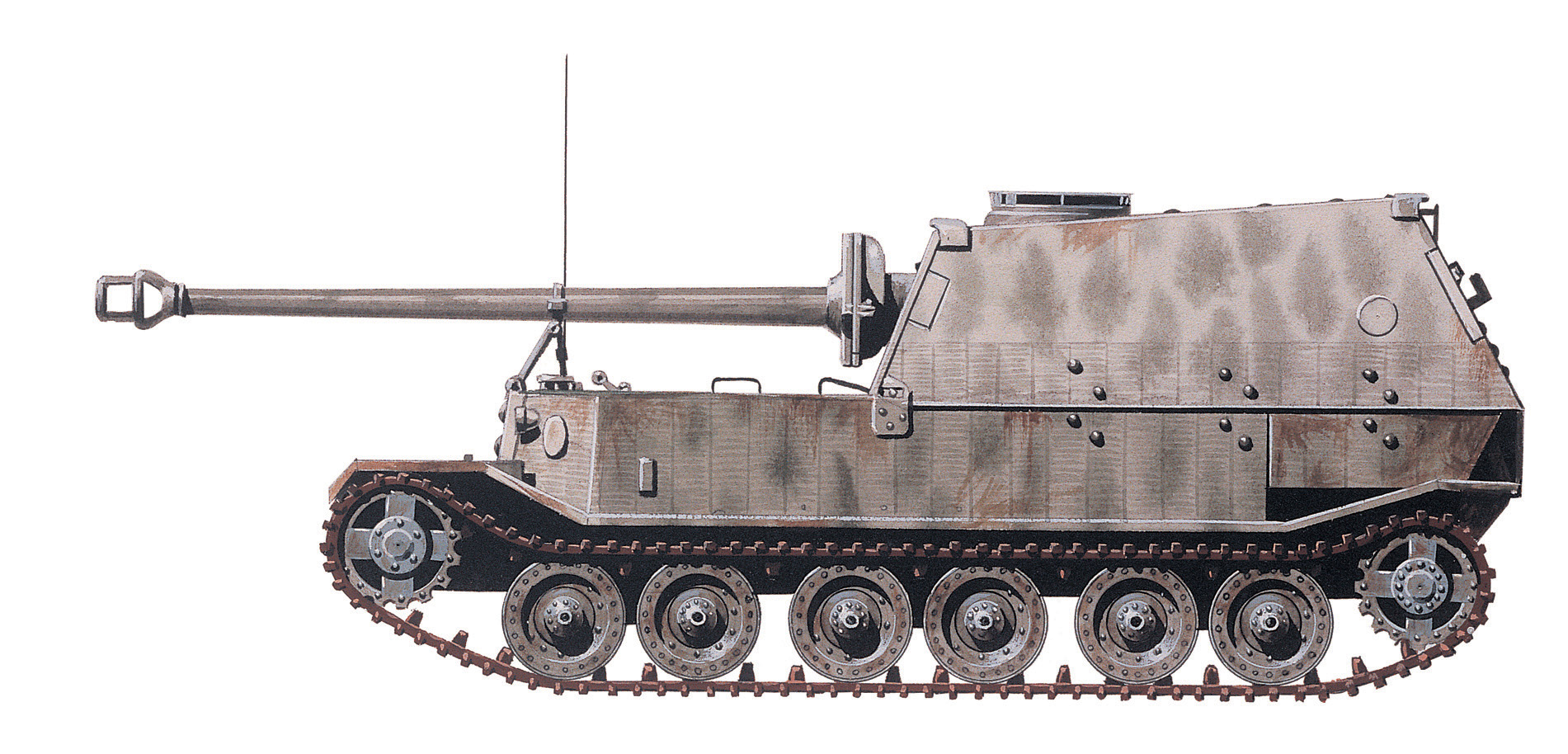
The Iron Willed General’s Tank Army
Marshaling and organizing the German tank arm was the responsibility of General Heinz Guderian, in many ways the father of the panzer forces. Guderian had fallen from Hitler’s grace in 1941, but by 1943 the Führer needed Guderian and reinstated the strong-willed general. Guderian faced the difficult task of gathering sufficient German armor to launch a successful summer offensive. He wanted authority over both tanks and assault guns, the latter now making up about a third of German tank production. But assault guns were technically the province of the artillery, and the artillerists were loath to surrender authority over these prized weapons, the only means, they claimed, by which an artillery officer might win the Knight’s Cross. The parties struck a compromise, placing only the heavy assault guns under Guderian. This meant that the Ferdinand, the heaviest assault gun, was a “tank” again.
While the Germans assembled their armies, the Soviets developed their defenses around Kursk in depth. Multiple defensive lines featured thick belts of trenches, minefields, and antitank gun batteries, plus local, operational, and strategic armored reserves. A great mass of mortars and heavy artillery supported the defenses at every level. The Soviet positions were designed to defeat the classic German blitzkrieg by first savaging the German “breakthrough” infantry divisions then wearing down the follow-on panzer divisions. Ultimately, mobile reserves would exploit the depleted German attackers.
The southern arm of the German pincer, Fourth Panzer Army and Detachment Kempf, contained the cream of the German Army. Both forces fell under the command of Army Group South, led by Field Marshal Erich von Manstein. Fourth Panzer Army was particularly strong. Its strike force included units of the SS Panzer Corps, consisting of three SS panzer divisions, and the Army’s elite Grossdeutschland panzer division. These troops were equipped with most of Germany’s operational Tiger Is (about 120 vehicles) and all of the new but unproven Panther tanks (about 300). In addition to these, the Fourth Army panzer units had large numbers of older but upgraded Mark IV tanks. Manstein planned to take advantage of his troops and equipment by throwing the panzer divisions directly at the tough Russian lines, counting on their mobility, determination, and firepower to force a breakthrough—using his infantry to “mop up” rather than lead the attack.
The northern pincer fell under the command of Field Marshal Gunther von Kluge, Manstein’s rival. Kluge’s strike force, Ninth Army, commanded by General Walther Model, consisted of ordinary divisions and contained more infantry and less armor than Fourth Panzer Army and Detachment Kempf. Unlike the SS divisions and Grossdeutschland, Model’s panzer units were almost uniformly understrength. They lacked modern equipment and first-rate troops. Most panzer regiments contained a mix of Mark IV tanks and obsolete Mark III tanks. The divisions lacked half-tracked personnel carriers and mobile artillery. To make up for this shortfall, about 30 Tigers and all available Ferdinands were assigned to Ninth Army.
The infantry-heavy Ninth Army, unlike Fourth Panzer, would attack in classic blitzkrieg fashion, sending its infantry straight into the maw of the Soviet defenses. Model planned to use the Ferdinands and his few Tigers as assault guns, advancing with the infantry divisions into the Soviet defensive belts to pry them open for the panzer divisions in reserve.
The offensive began on July 5, 1943, with heavy artillery bombardments by both sides. The Ferdinands, organized as Tank Destroyer Regiment 656, led the German attack on the northern front, advancing with engineers and infantry into the Soviet mine belts. These cheap but effective weapons destroyed many of the big assault guns. For the infantry, the conditions were similar to the Western Front during World War I, as dug-in machine guns and artillery ripped into the gray-clad ranks.
“Quail Shooting With Cannons”
Without personnel carriers, the infantry fell behind the slow but heavily armored Ferdinands. Yet, as the Ferdinands and their crews advanced their difficulties increased. Some machines broke down crossing the scarred and rugged terrain; others, separated from the German infantry and without secondary weapons, became easy prey for Soviet infantry. Many were destroyed by placed magnetic shaped charges on their rear or sides. Without machine guns, the Ferdinands could hardly defend themselves or each other against the infantrymen. Guderian later remarked that the Ferdinands had gone “quail shooting with cannons.” And the guns, which had to carry the larger L/71 shell, quickly ran low on ammunition.
The Ferdinands, however, were successful in places. Ferdinands of the 653rd Battalion, supporting the 292nd Infantry Division, quickly pushed several miles into the Soviet line, reaching their initial designated objective. The second Ferdinand battalion, the 654th, effectively supported the 78th Infantry Division in its attack, though this attack stalled inside the Soviet defensive system. Where Ferdinands encountered Soviet tanks, they destroyed them with aplomb. Their big guns were able to shred the lighter Soviet T-34 at long ranges, with slight fear of riposte. Some accounts credit the Ferdinands with the destruction of over 800 Soviet vehicles. Such claims are surely exaggerations, but both the Tigers Is and Ferdinands dominated Soviet tanks at all but the shortest ranges.
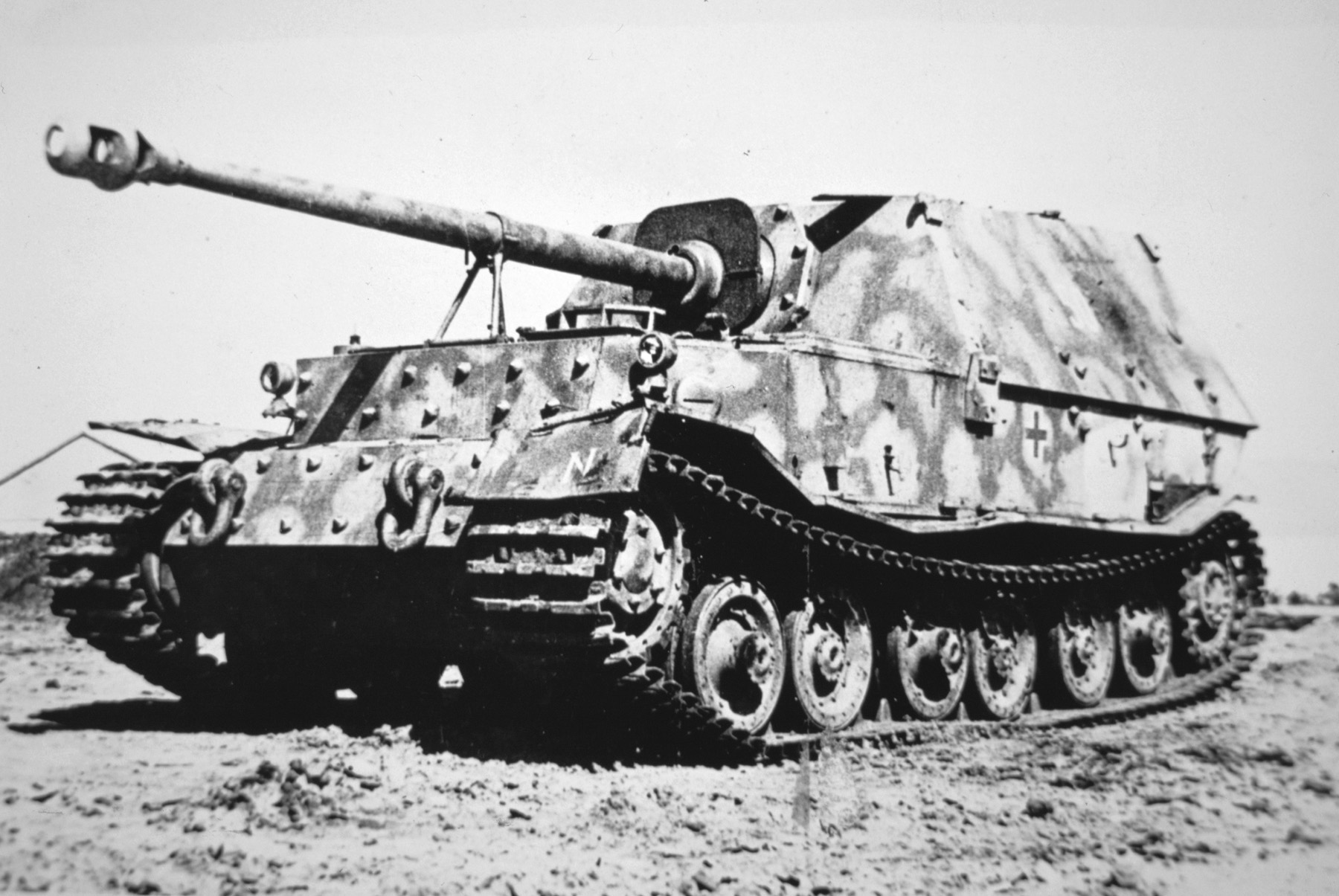
When Hitler finally called off Operation Citadel on July 12, Model’s Ninth Army had advanced a mere 12 miles at its deepest penetration, barely a third of the way toward its objective at Kursk. In the south, Fourth Panzer Army’s tank-heavy assault had more success, but not enough to justify further bloodletting in the offensive. About half the Ferdinands were lost in the battle and during the subsequent retreat. The surviving Ferdinands were ordered back to Germany in the fall of 1943 for modifications and redeployment. The modifications involved adding a bow machine gun, a new commander’s cupola, and applying Zimmermit antimine paste on the front and sides of the vehicles.
The giant Ferdinands had long been called Elefants by their crews and were now formally renamed after the pachyderm. In February 1944, the refurbished and redesignated tank destroyer went to Italy and joined German forces attempting to repel the Allied attack at Anzio.
Although better armed and protected, the Elefant tank destroyers appear to have had little success in the muddy and mountainous conditions of Italy. They fought at Anzio and Nettuno without notable success. Challenging terrain, mechanical difficulties, and mobility problems seem to have doomed most of the Elefants, much the way Hannibal’s elephants finally floundered after successfully crossing the Alps. Most Elefants were lost in combat or abandoned by their crews during the German retreat. Little is reported about the fate of the surviving Elefants. Tank Destroyer Regiment 656 itself was broken up and its crews reassigned to other units. A few Ferdinands apparently survived and were grouped in a single company that returned to the Eastern Front, where they fought in dwindling numbers to the end of the war.
It is reasonable to assume that if Nazi Germany had possessed a rational arms procurement policy, the Ferdinand would not have been built. Germany’s tank designs displayed both creativity and effectiveness, and no other major combatant produced such a wide variety of vehicles. While the United States and the Soviet Union settled early on basic, proven, armored fighting vehicles (the Sherman and the T-34 respectively, along with families of supporting tank destroyers), Nazi Germany produced an ultimately bewildering and industrially wasteful variety of machines.
The German leadership’s fascination with weapons and close involvement in procurement matters better left to experts, along with the Byzantine internal politics of the murderous regime itself, were direct causes of this aimless policy. There was no reason but politics for Porsche to produce 90 expensive tank hulls for a machine doomed to fail in trials. But then again, the essence of the Nazi regime was its fickle and irrational favoritism and prejudices, which extended into all areas of endeavor.
Ferdinand Porsche’s Elefant Earns Its Place In Military History
The effectiveness of the Ferdinand depended upon its optimum deployment, and politics intruded to ensure its ultimate failure in combat. The Ferdinand probably would have had a successful and relatively long-lived career on the Eastern Front if it had simply been deployed as a long-range tank destroyer. Instead, because Nazi politics dictated that SS troops would receive virtually all new German tank production in 1943, and the artillery branch wanted its share of glory, the Ferdinand was foolishly deployed in the first rank of the assault on the Kursk salient.
The big machines alone could not reverse the calamity that befell Model’s Ninth Army in the north. The transfer of the surviving Elefant tank destroyers to Italy again placed them in an inappropriate tactical setting, requiring the large, awkward vehicles to traverse difficult roads and terrain in hopes of acquiring a dominating position from which to finally shoot.
Yet, for one year the Ferdinand was the most powerful mobile land weapon ever fielded. Armed with the world’s best tank gun and protected by the thickest armor, it held this distinction until the arrival of the Tiger II and related tank destroyers in mid-1944. Despite its flaws, the Ferdinand was an impressive weapon in a world where the immobile stalemated trenches were less than 20 years in the past. This was no mean accomplishment and has ensured the Ferdinand its place in military history.
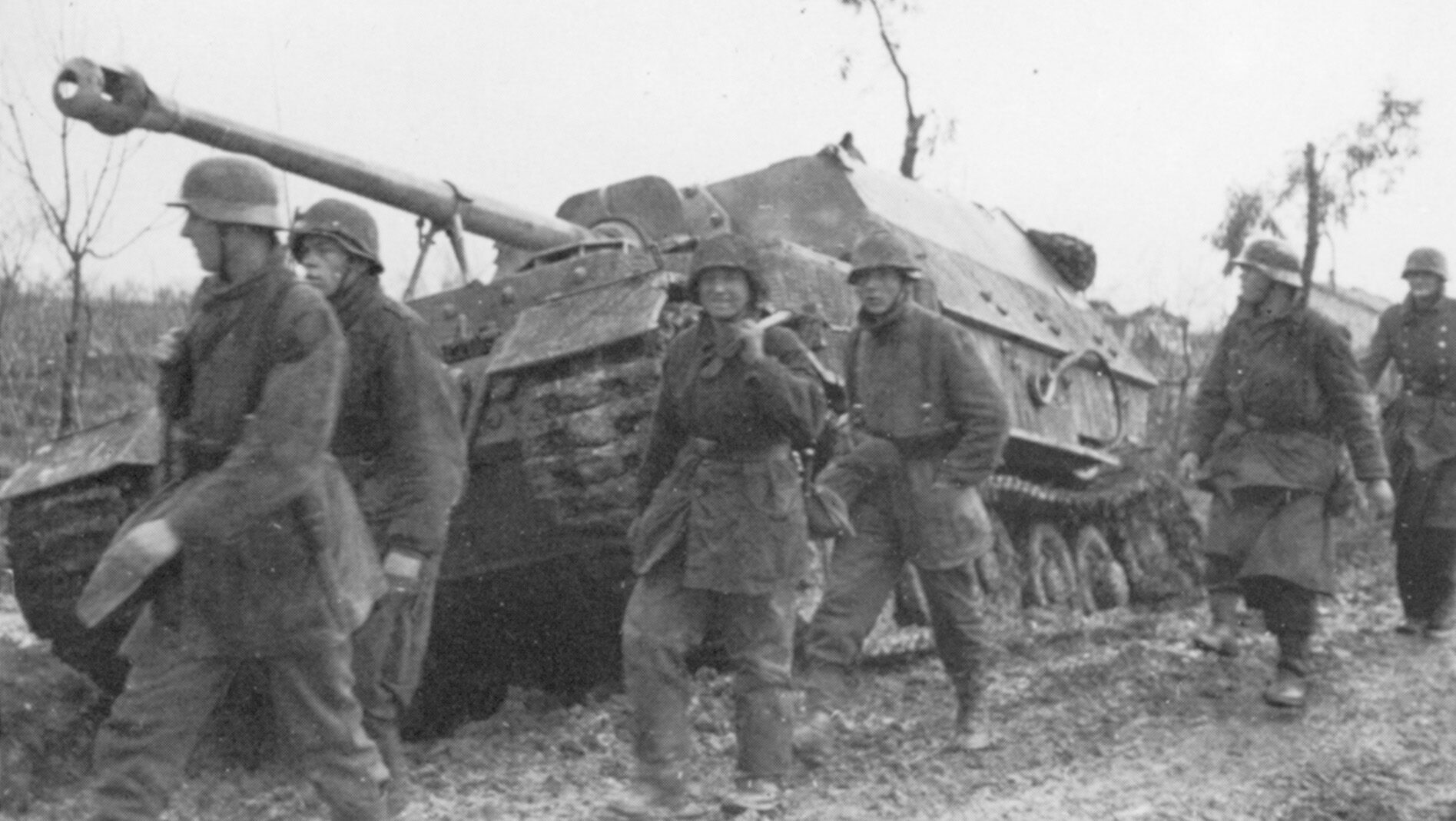
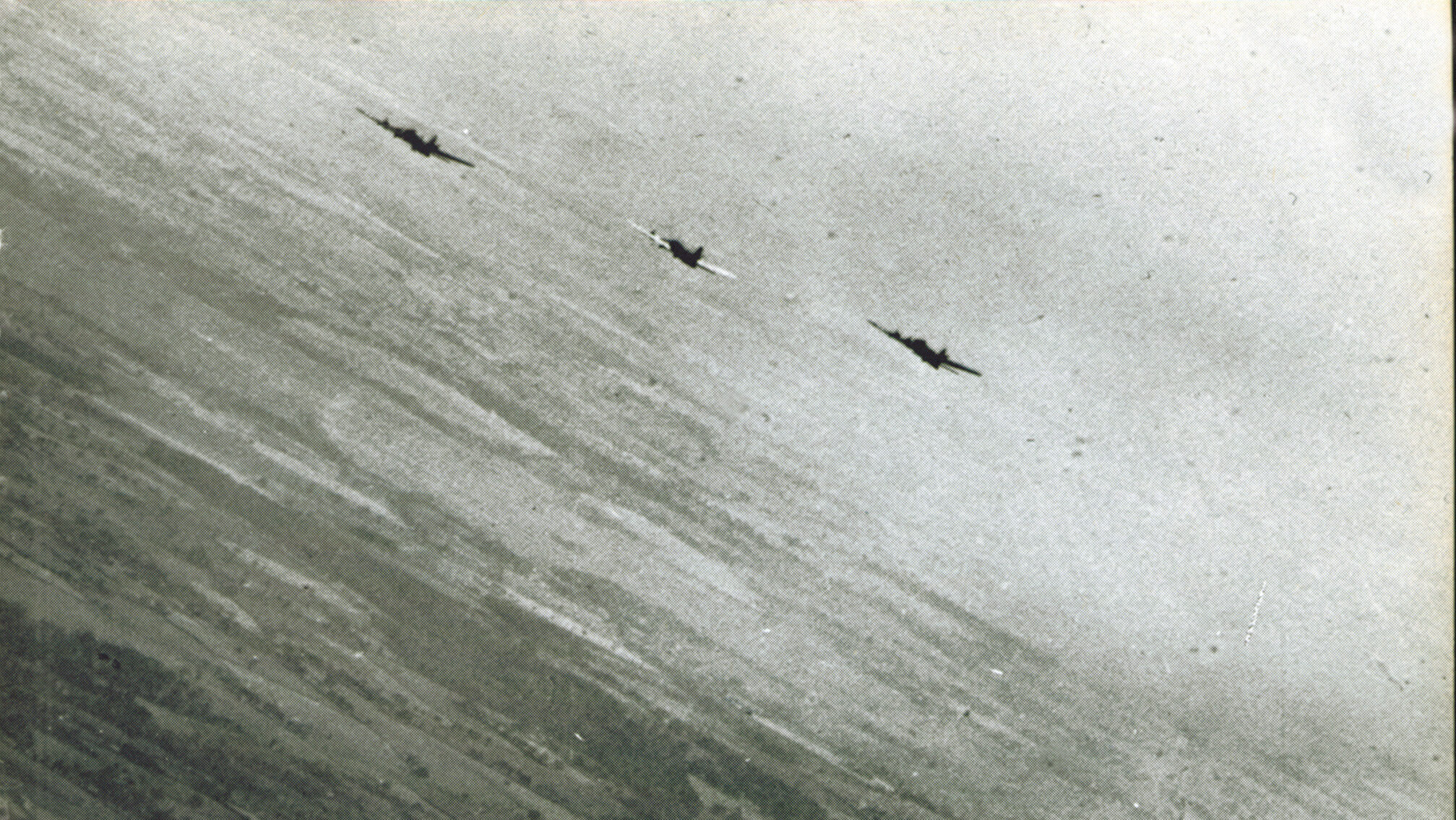
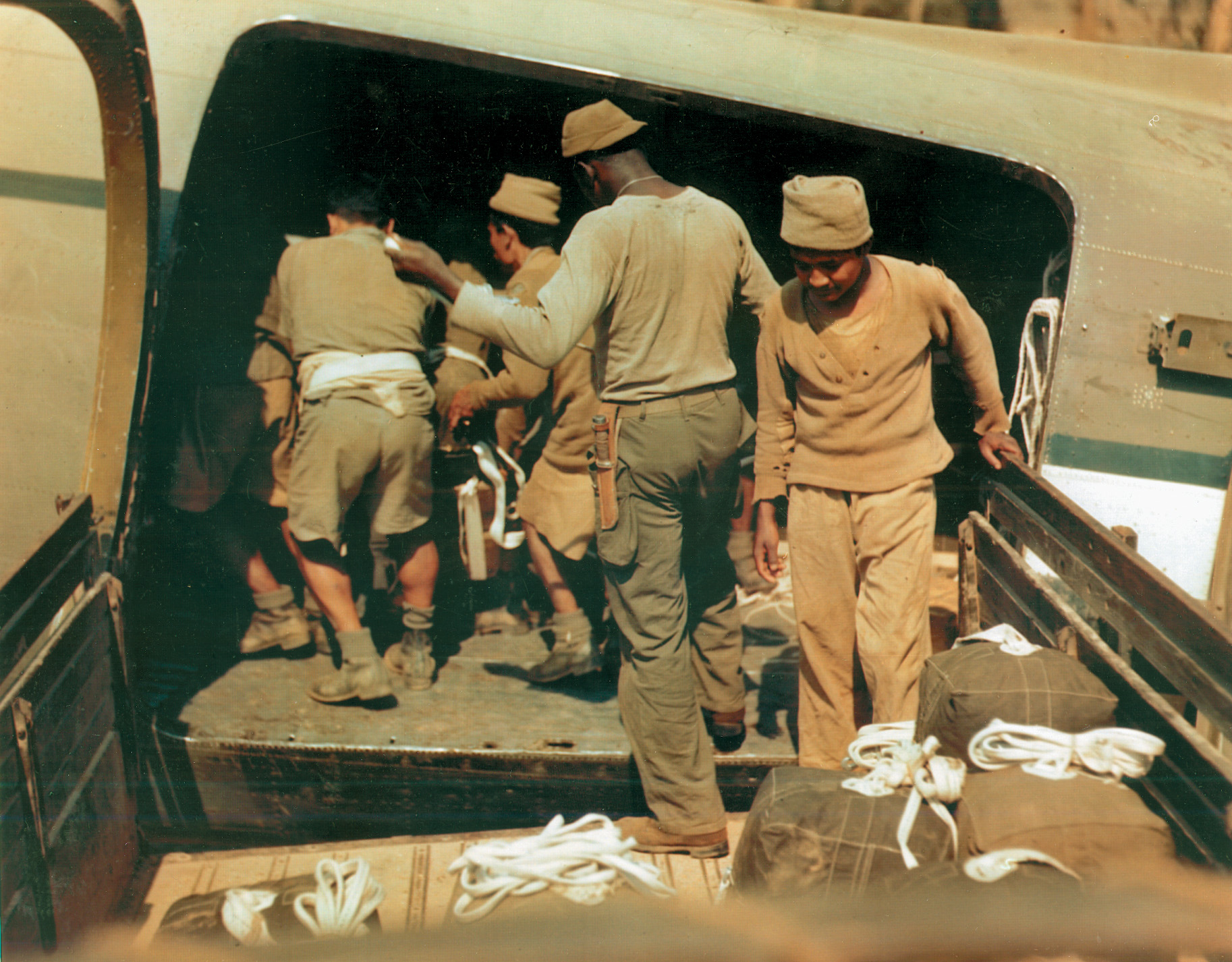
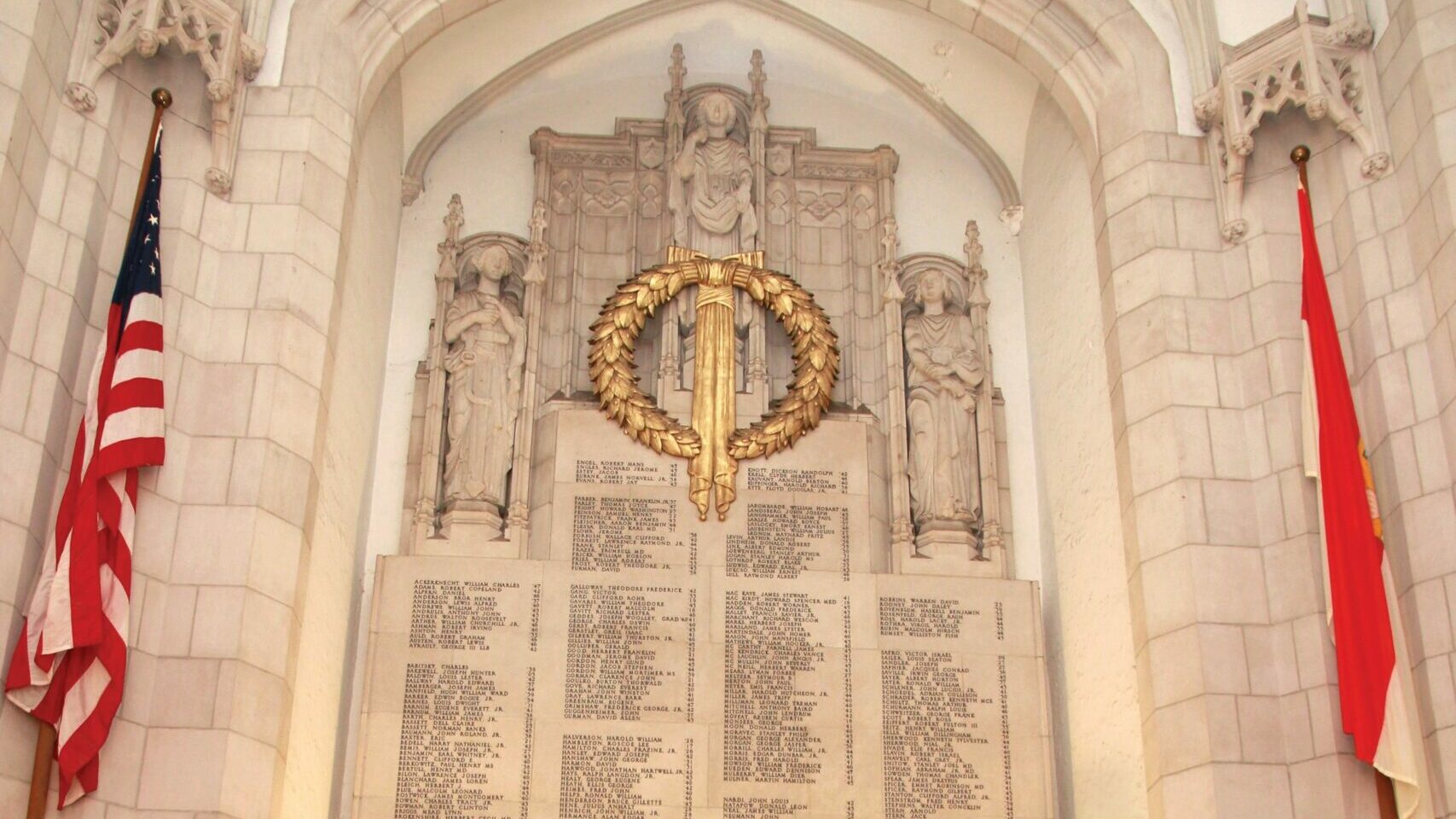

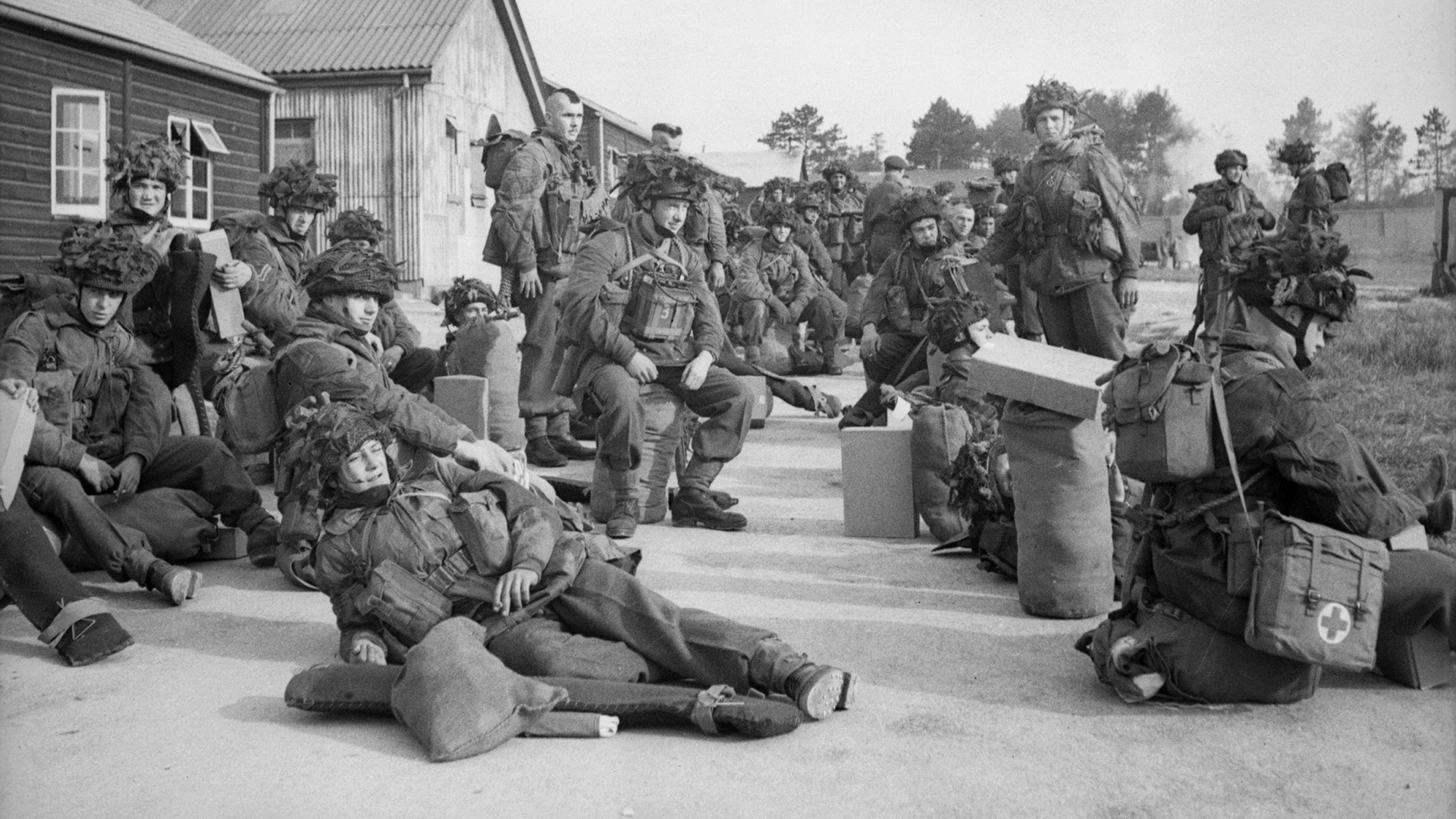
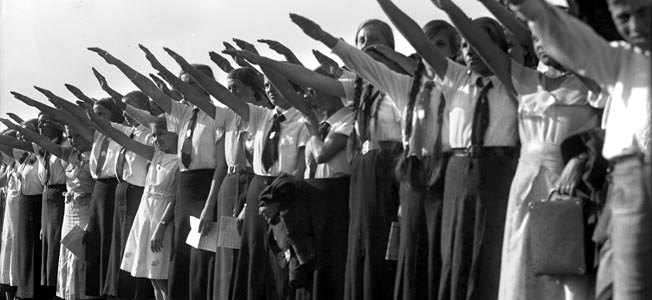
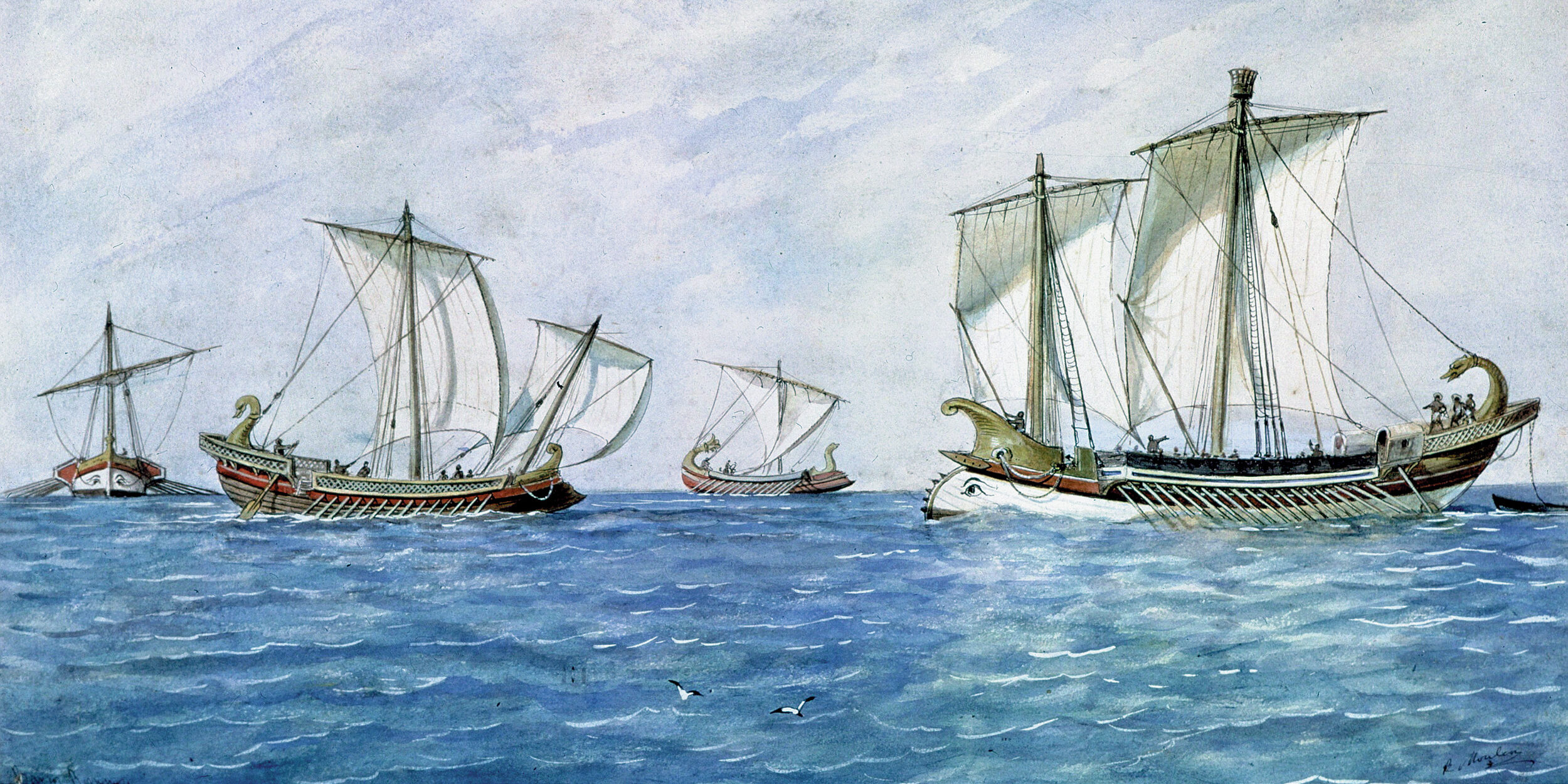
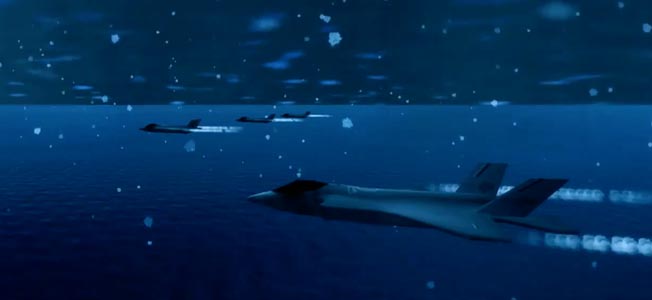
The Nazis may have thought of themselves as Nietzschean supermen, but they sure did a lot of stupid stuff.
Considering themselves supermen is at the top of that list.